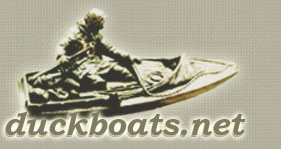Everybody learns differently and I have always felt blessed that picking up new information by reading books has worked well for me. One example of that is learning to shoot; grateful because I cannot afford a shooting school. For the past few years I have endeavored to erase 45 years of poor shotgun shooting habits. They say it takes 10,000 repetitions to create muscle memory and by my count I should be nearing it. A half dozen books have been studied in the process but the one that encapsulated it best for me was Gil Ash's book, "If It Ain't Broke Fix It". Recommended reading for anyone interested in taking this same journey.
RM
RM
If It Ain't Broke, FIX IT! (Lessons in Shotgunning (and Life)): Gil Ash, Vicki Ash, Ty Adams: 9780976020400: Amazon.com: Books
If It Ain't Broke, FIX IT! (Lessons in Shotgunning (and Life)) [Gil Ash, Vicki Ash, Ty Adams] on Amazon.com. *FREE* shipping on qualifying offers. If It Ain't Broke, FIX IT! (Lessons in Shotgunning (and Life))
www.amazon.com
